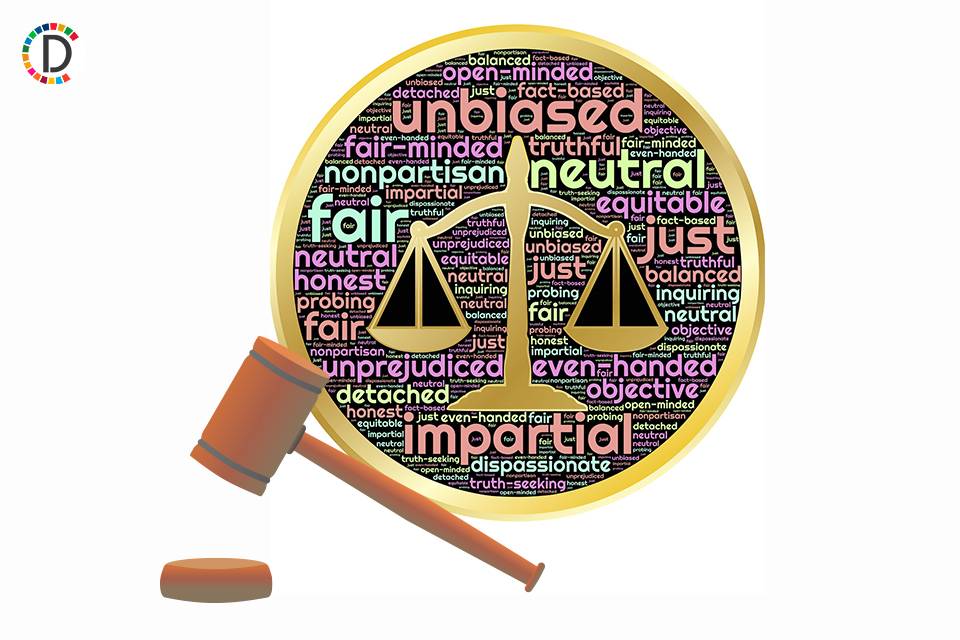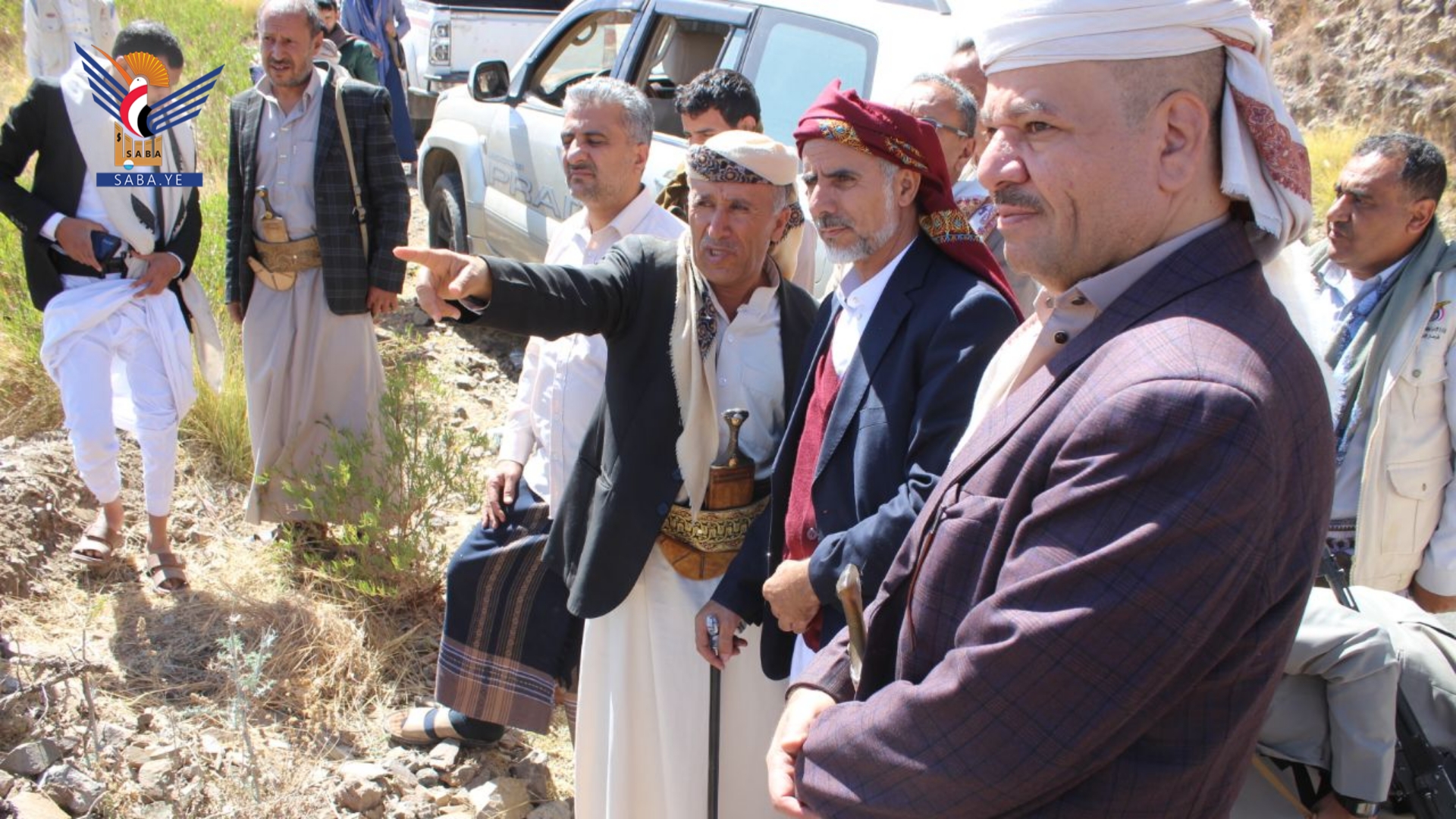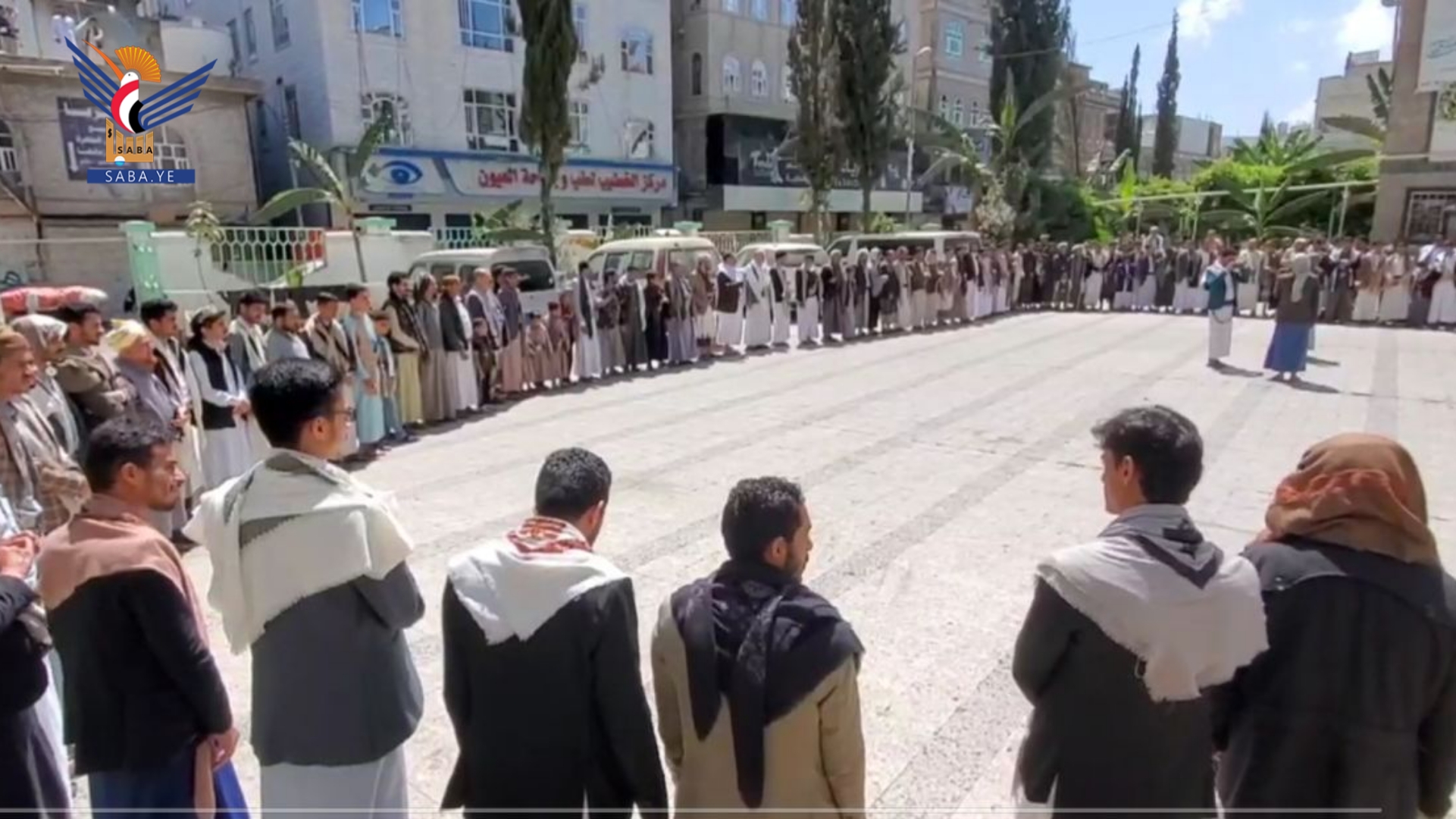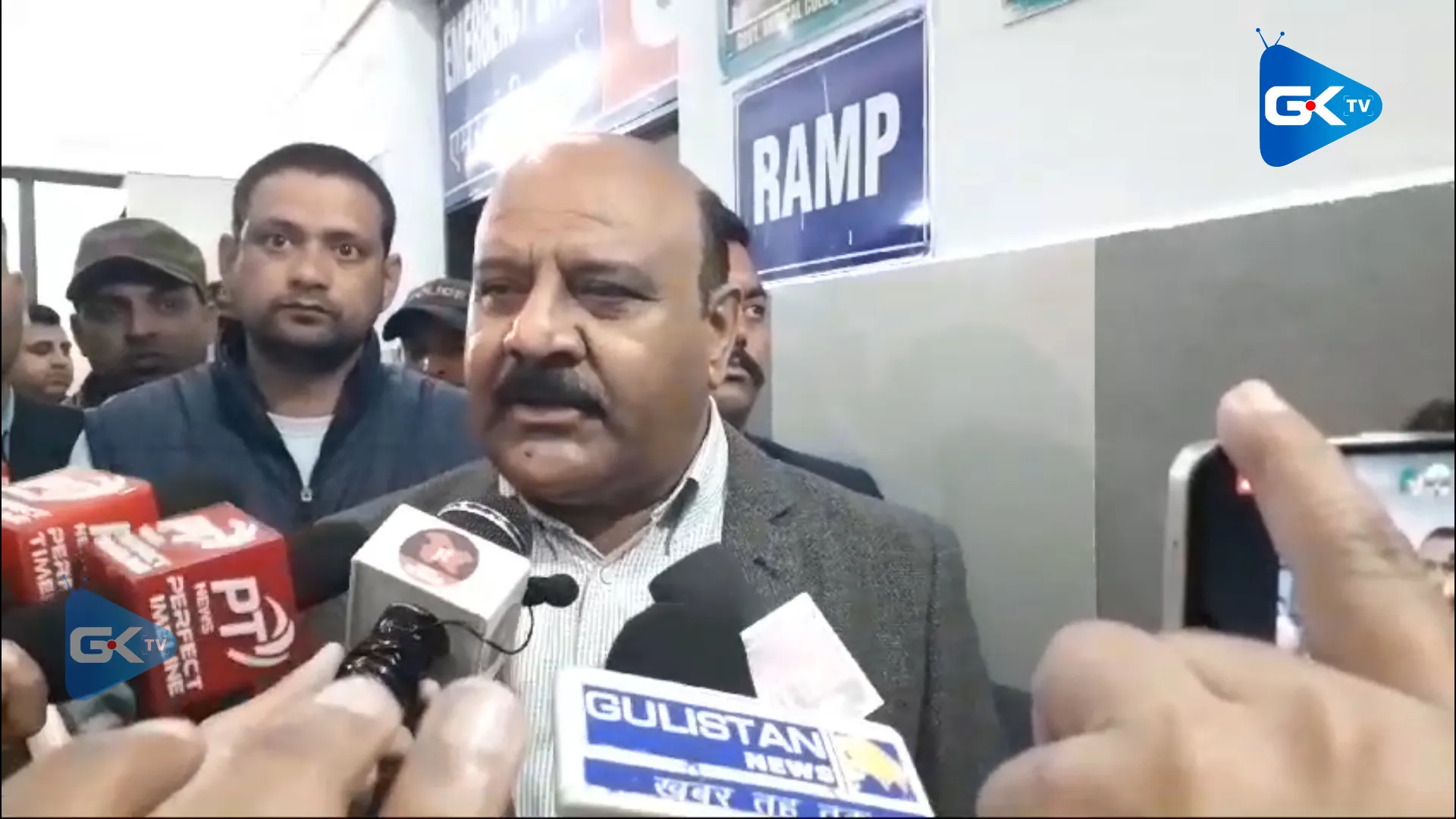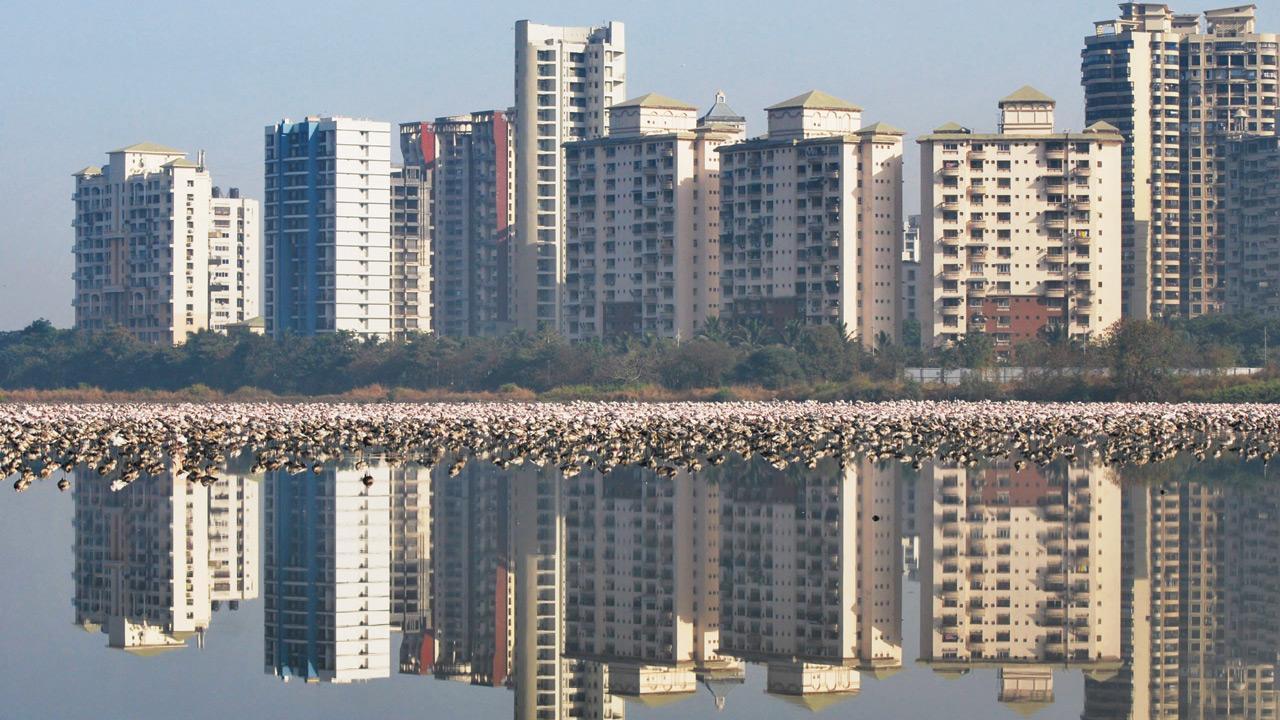
The evening of July 26 2005 will forever remain imprinted in the memories of every Mumbaikar. The whole city was flooded and many lost their lives. A major factor contributing to this disaster was the loss of —the natural buffers that once absorbed excess floodwater.
Today, Mumbai has lost 71 per cent of its wetlands, which significantly contributes to the city’s vulnerability to flooding. The impact of wetland loss is not unique to Mumbai. Cities across India are facing similar challenges, including water insecurity, flooding, and the loss of essential ecosystems.

Across India, wetlands are vanishing at an alarming rate. For instance, Chennai has lost 90 per cent of its wetlands, and cities such as Vadodara, Hyderabad, and Bengaluru have also seen significant declines. In , the rate of wetland degradation has led to increasingly severe monsoon floods in certain parts of the city.
Wetland loss has a nationwide impact, with the average annual economic cost of floods in India reaching R5,649 crore in 2021. These losses are not just environmental but also socio-economic, affecting millions of lives. Wetlands are a “common property resource,” meaning they are freely used by many, and when overexploited, their degradation harms everyone.
In Mumbai, this is compounded by the growing problem of waste dumping and untreated sewage entering our water bodies. I remember during one of my surveys of along the coast of Mumbai, I encountered a startling variety of waste- from discarded syringes with needles, and clothes to an entire sofa set. On another occasion, while walking along a river, I witnessed untreated industrial effluent being dumped directly into the water.
These are just a few examples of the neglect our wetlands face. Why do we treat such a vital resource with such disregard? Wetlands provide a range of ecosystem services that are crucial for our survival. They protect the city from floods by absorbing excess water.
For instance, each acre of wetland can absorb up to 5.6 million litres of floodwater, providing a vital buffer against storm surges and floods. Yet, more than 90 per cent of India’s natural disasters are water-related, and without to protect us, Mumbai is becoming increasingly vulnerable to these disasters.
Beyond their environmental benefits, wetlands also hold profound cultural significance. In Mumbai, wetlands like the vast mangrove forests along the coastline are not only crucial for maintaining ecological balance but hold a deep cultural meaning to the city. The rich biodiversity of these wetlands supports countless species, many of which are integral to local traditions and livelihoods.
Governments and private entities must prioritise and invest in wetland conservation. Ultimately, what will make the greatest difference is a genuine commitment to change, moving beyond rhetoric lip service to tangible impactful efforts. If we can develop and implement this as part of the MMR region’s development, the ever-growing Mumbai could not only contribute to MITRA’s goal of 17.
55 per cent growth for Maharashtra but also bring in ecological security that supports human well-being, cultural benefits, and improves satisfaction and happiness for its residents. Our flood-prone areas could have wetlands that not only store excess water but also double as recreational areas for families and friends to gather. Further, the water can be used for public utilities, reducing pressure on our dams.
Wetlands visited by flamingos can be ecologically secured and converted into tourist attractions. There is enough research done to come up with viable solutions. A crucial step will be improvements in areas of regenerative development of infrastructure and waste management to ensure that all sewage and effluent are treated before entering water bodies.
Equally important is the restoration of these wetlands by removing invasive species and reintroducing native flora and fauna. In the realms of political economy, it is essential to prevent and minimise the diversion of wetlands for alternate purposes. Lastly, using existing legal provisions to protect wetlands to our advantage by converting short-term, need-based development into a new regime that allows wetlands to play their role in human development is key.
We must shift focus from policy to effective action. Is this not known to the people who matter? It is! The challenge lies in addressing the pressing needs that drive short-term exploitation such as food, water, and livelihood. Equally critical is creating incentives that prioritise long-term benefits over immediate gains.
India already has some of the most well-drafted legal provisions to achieve this. There are several ‘yojanas’ and several lakhs of crores are pumped through them. This has limited impact on ground.
The focus has to shift to mitigating the challenges in implementing the law. This is a long-drawn battle, but the one that can and must be won. On this World Wetlands Day let us not just talk about our theme of ‘Protecting wetlands for our Common Future’ but protect wetlands for our common future.
.




